2,250 kW from four motors: BYD doubles the power of the Yangwang U9
BYD launched its first hypercar, the Yangwang U9, in April 2024. Unsurprisingly, the world’s largest electric car manufacturer opted for a fully electric drive consisting of four motors – one for each wheel. In the current version, the motors each deliver 240 kW, resulting in a total system output of 960 kW.
This makes the U9, which costs the equivalent of around 200,000 euros in its home country, one of the most powerful sports cars ever. But that is clearly not the end of the line. The Chinese Ministry of Industry and Information Technology (MIIT) has published initial information about a ‘track’ version, for which BYD has applied for approval. The accompanying images show that the new variant differs visually from the standard U9 mainly in its carbon roof and a different front splitter.
After equipping the more everyday Han L and Tang L series with its latest generation of electric motors, BYD is now also using them in China’s first hypercar. This is a logical step, as they are characterised by their high performance and previously unimagined high speeds.
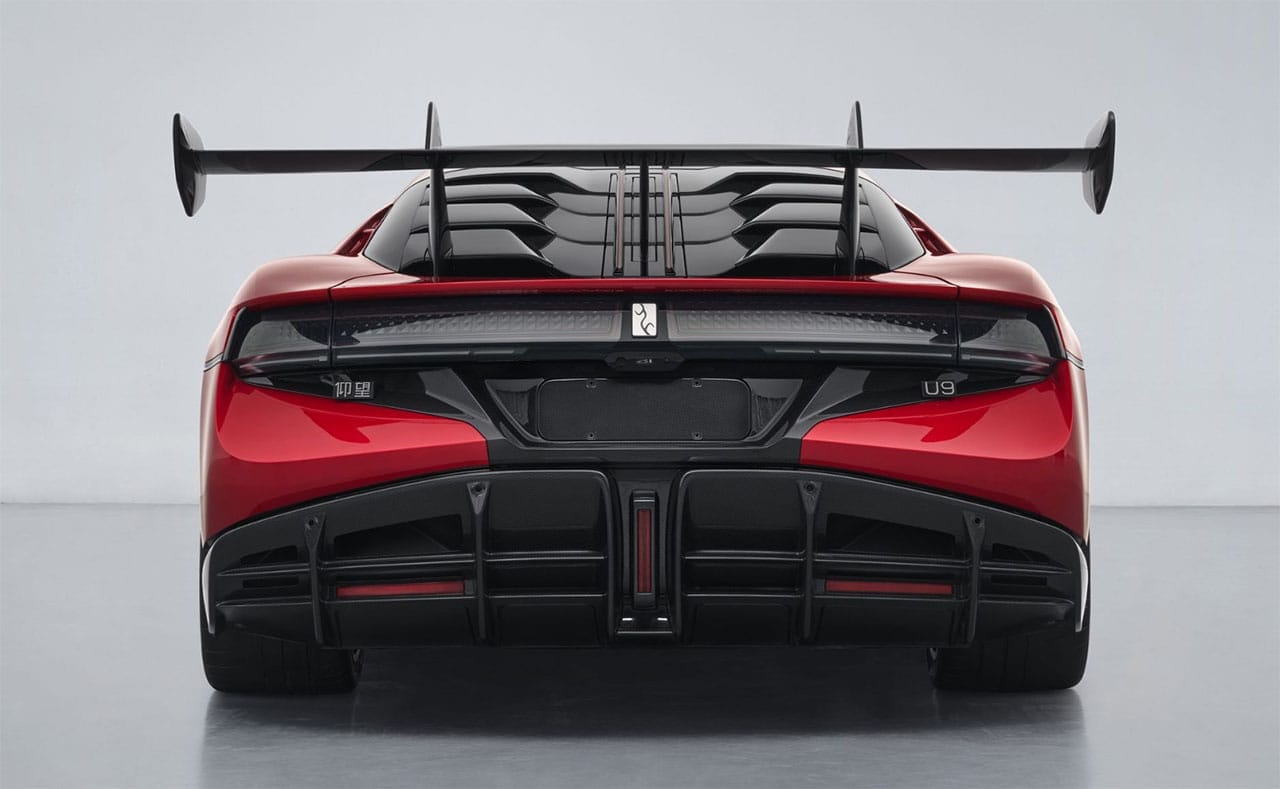
The advanced unit was unveiled on 17 March and is the first passenger car motor ever to achieve speeds of over 30,000 revolutions. Specifically, the company states the maximum speed as 30,511 revolutions, while most electric motors tend to be in the range of 10,000 to 20,000 revolutions.
At the same time, BYD puts the power per motor at 555 kW, which, as before, corresponds to a combined 2,220 kW or 3,018 hp in old currency. The power is therefore multiplied by a factor of 2.3, meaning that the track version of the Yangwang U9 could easily beat the magic two-second mark from zero to 100.
The current version accelerates to the generally applicable country road speed in 2.36 seconds and, according to the manufacturer, reaches a top speed of 309 kph. The hypercar was even measured at an impressive 391.94 kph on the oval track of the ATP test site in Papenburg, Germany, making it one of the fastest electric cars yet.
BYD wants to continue its record-breaking streak
But the U9 isn’t just fast in a straight line: on the Nordschleife of the Nürburgring, it managed to achieve a lap time of 7:17.900 minutes. This meant it had to concede defeat to a number of electric sports cars such as the Xiaomi SU7 Ultra, the Rimac Nevera and the Porsche Taycan Turbo GT.
But with the new performance version of the U9, specially tailored for use on the racetrack, BYD may have the right tool to break the record. In June, the subsidiary brand Yangwang announced intentions to break speed and lap records in the future.
Apart from its drive system, the Yangwang U9 is designed as a very modern vehicle. The 4.96-metre-long, 2.03-metre-wide and 1.31-metre-high coupé is based on an 800-volt platform that enables a maximum charging power of 500 kW. The charge level of the 80 kWh blade battery with LFP cells can be increased from 30 to 80 per cent in ten minutes.
BYD specifies the maximum range as 450 kilometres according to the rather unrealistic CLTC standard. Weighing in at just under 2.5 tonnes, it is anything but a flyweight, but its active air suspension with active roll stabilisation still ensures nimble cornering. The manufacturer has not yet announced when the new ‘Track’ version will be launched on the market or how much it will cost.

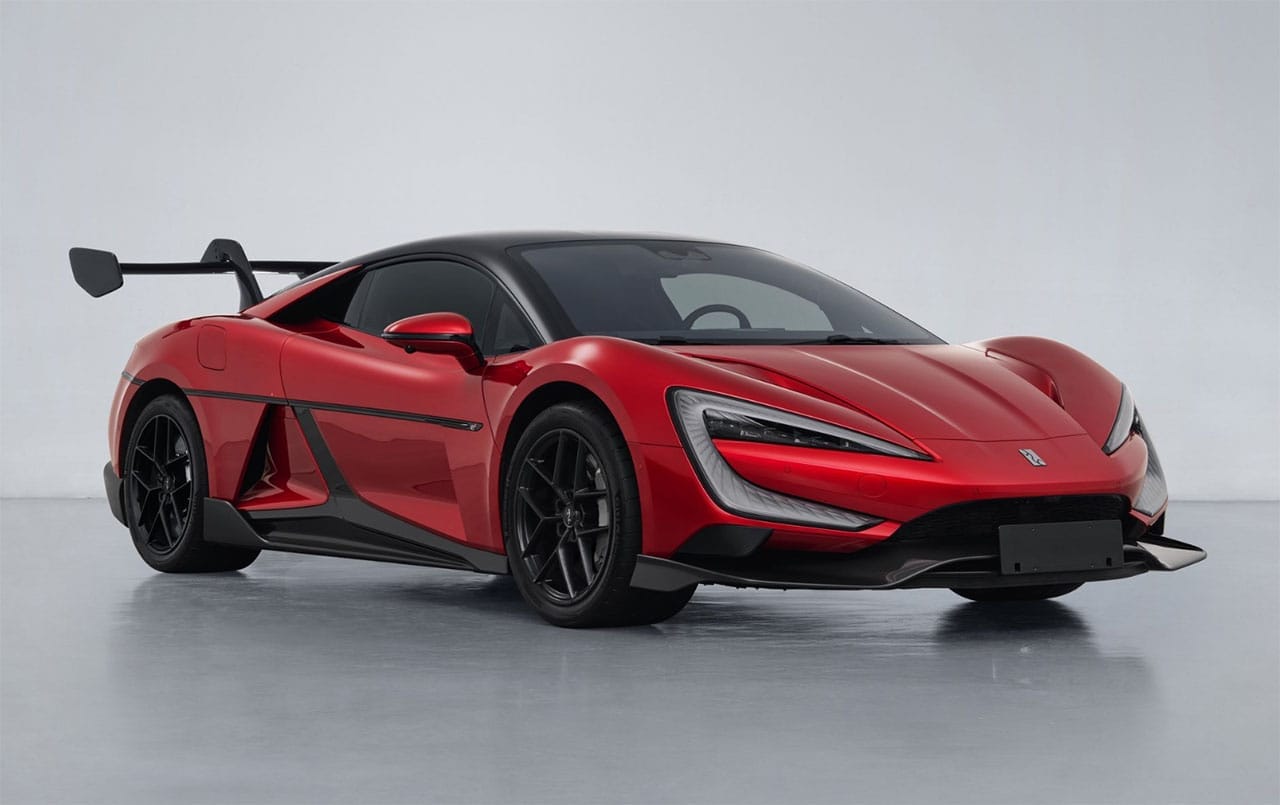
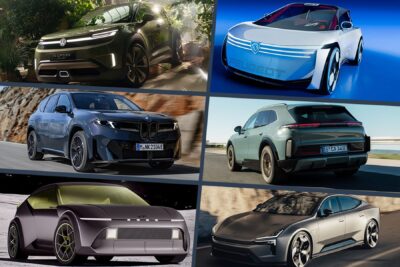
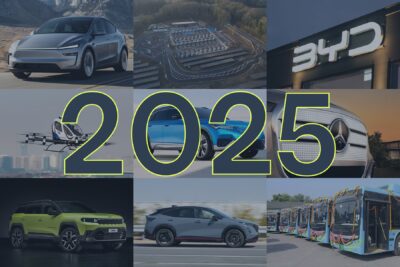
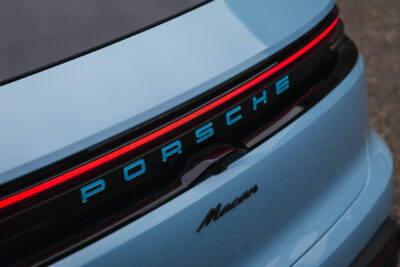
2 Comments